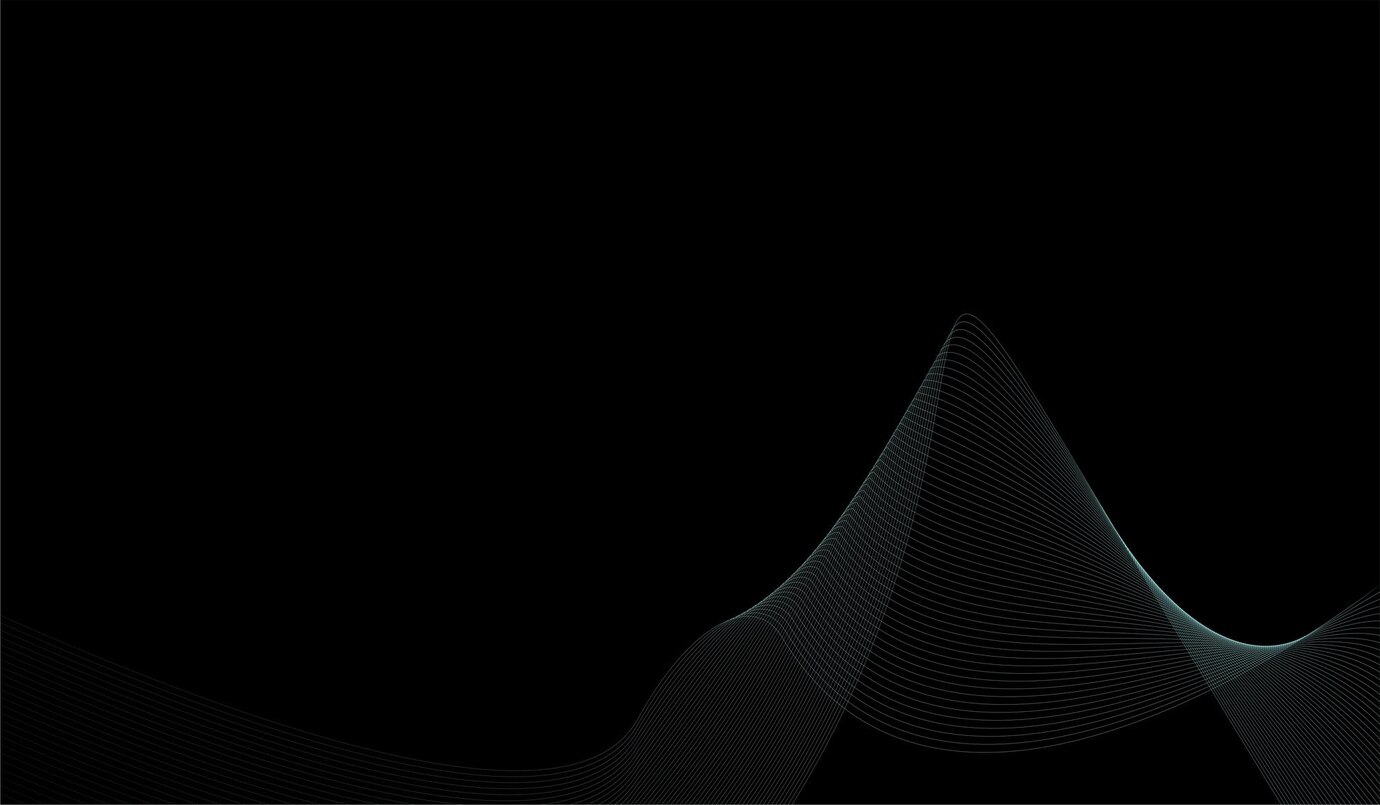Responsible for the design, development, and support of new and existing hardware products.
Manage the design process from conceptual design, parts selection, design simulation, detailed design, and schematic capture, to PCB design rules creation.
Coordinate with layout teams to ensure adherence to guidelines during PCB design and manufacturing.
Lead prototype builds with contract manufacturers and manages product bring-up, debugging, and verification.
Testing and Support
-
-
Execute test protocols, document results, and provide feedback for improvement of existing products.
-
Support environmental testing and entry into production phases for hardware systems.
-
Provide on-site support for customer-related activities, including demos, training, installation, and troubleshooting field issues.
-
Cross-Department Collaboration
-
Collaborate with software, mechanical, and other departments as part of daily board design practices to maintain inter-departmental communication.
-
Work closely with the design and layout teams to support board layout, system bring-up, and verification.
-
Involved in customer-facing activities such as demos, installation, and field issue resolution.
-
Continuous Innovation
-
Be an integral part of the Hardware Design Team, driving new ideas for product development and offering feedback to improve existing systems.
Requirements:
1.Technical Expertise
-
Proven experience in designing ultra-low-noise analog front-ends and precision analog circuits .
-
Deep knowledge of mixed-signal system design , including both analog and digital subsystems.
-
Strong understanding of electronic hardware, circuit theory , and electronic components such as MOSFETs, transistors, ADCs, DACs, filters, and feedback systems.
-
Experience in power electronics , including power supply architecture design and regulation.
-
Expertise in analog and digital circuit design , including microcontrollers and communication protocols like UART, SPI, I2C, I2S, CAN bus, RS232 , Ethernet etc.
-
Proficiency in PCB design tools (e.g., Altium) and high-speed schematic capture .
-
Skilled in circuit simulation and modeling tools , including LTspice, TINA, MATLAB/Simulink, and PSpice .
-
Hands-on experience with lab equipment such as multimeters, oscilloscopes, spectrum analyzers, power supplies , and protocol analyzers .
-
Solid grasp of sensor interfaces , signal conditioning, and analog-to-digital conversion (ADC) techniques.
-
Ability to read and interpret schematics, wiring diagrams, datasheets , and technical documentation.
2. Design and Testing Knowledge
-
Experience with design-for-manufacturing (DFM) and design-for-testability (DFT) best practices.
-
Skilled in signal quality verification (SNR, THD, CMRR) and data fidelity validation using precision instruments.
-
Knowledge of EMC/EMI design practices , compliance testing , and certification standards such as IEC 60601-1 and medical-grade safety.
-
Familiarity with product certification processes and working with EMC/Safety labs for regulatory readiness.
-
Prior experience in environmental qualification, stress testing , and failure analysis (HALT/HASS is a plus).
-
Ability to troubleshoot embedded systems , analyze test failures, and support documentation of layout/test procedures.
3. Communication and Collaboration
-
Strong written and verbal communication skills with the ability to clearly convey design ideas and technical concepts.
-
Effective collaboration with cross-functional teams (software, mechanical, layout engineers).
-
Ability to work independently on complex hardware design tasks with minimal supervision.
Additional Skills:
-
Knowledge of C programming is a plus.
-
Experience with analog/digital video interfaces is an advantage.
-
Prior work on wearable or portable electronics , particularly in human-interface systems like BCI (Brain-Computer Interfaces) , is highly desirable.


















